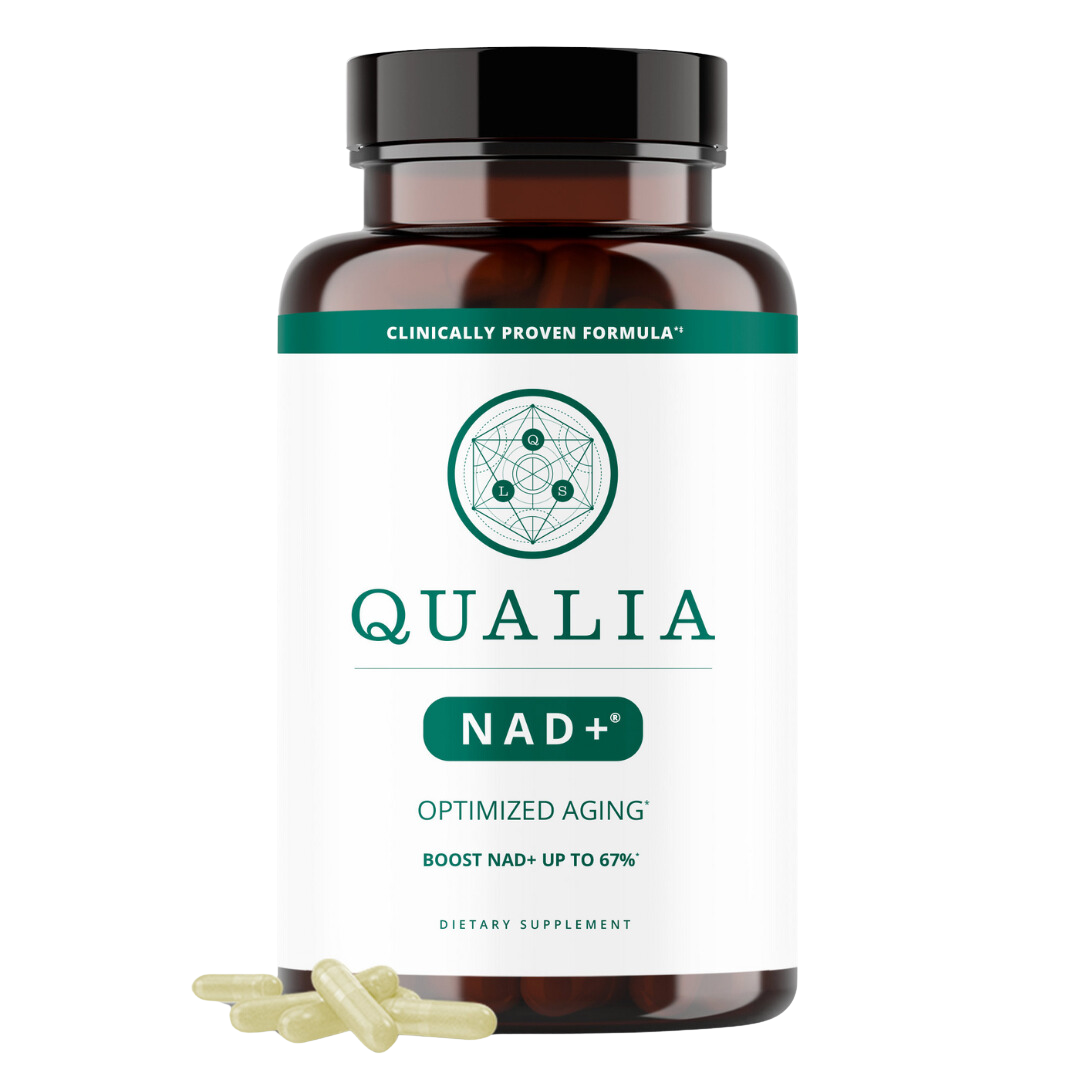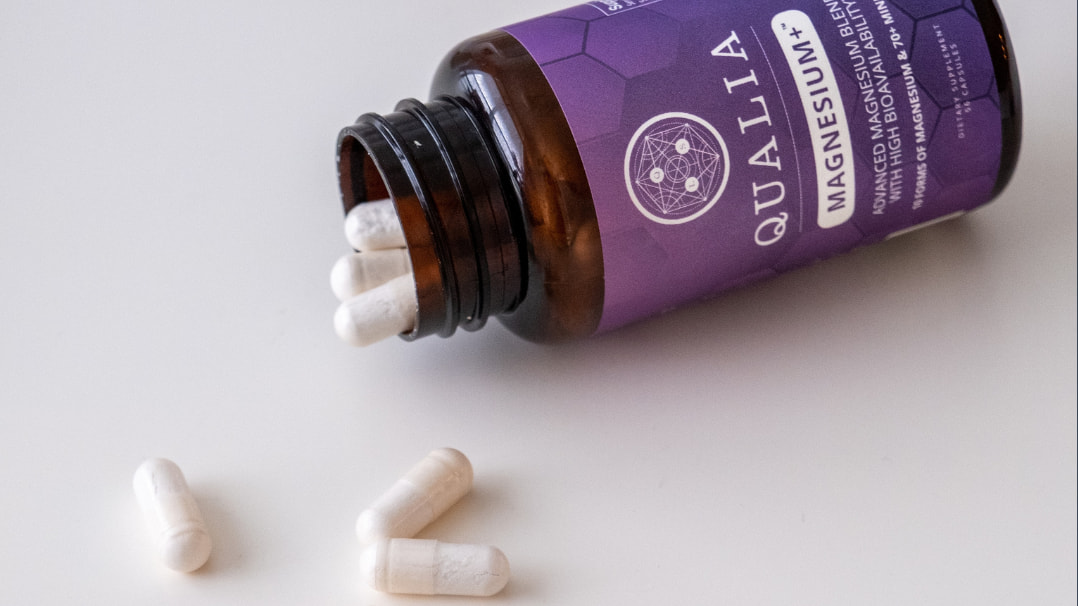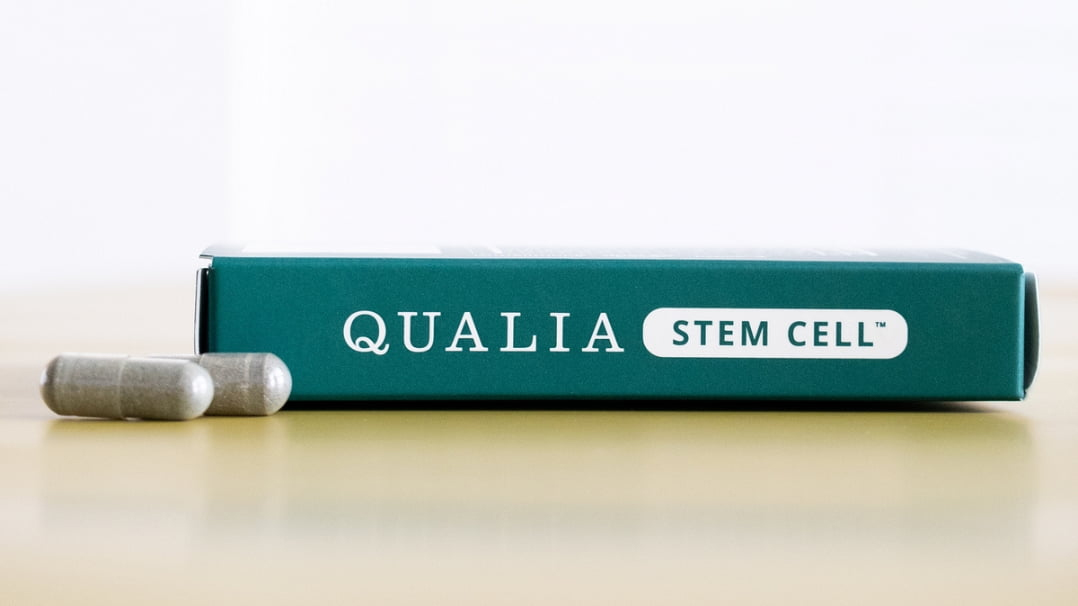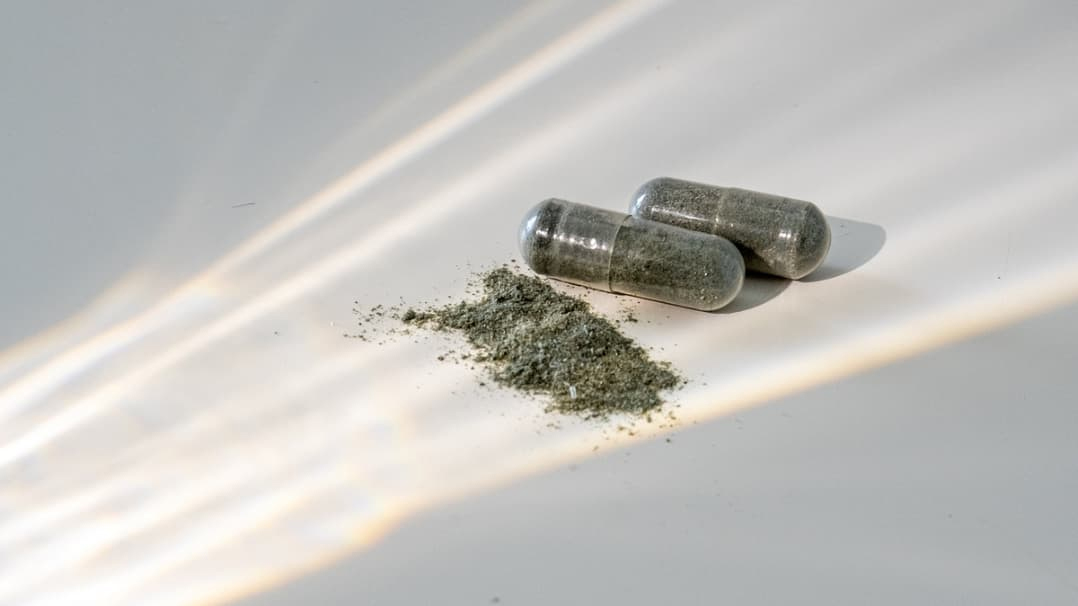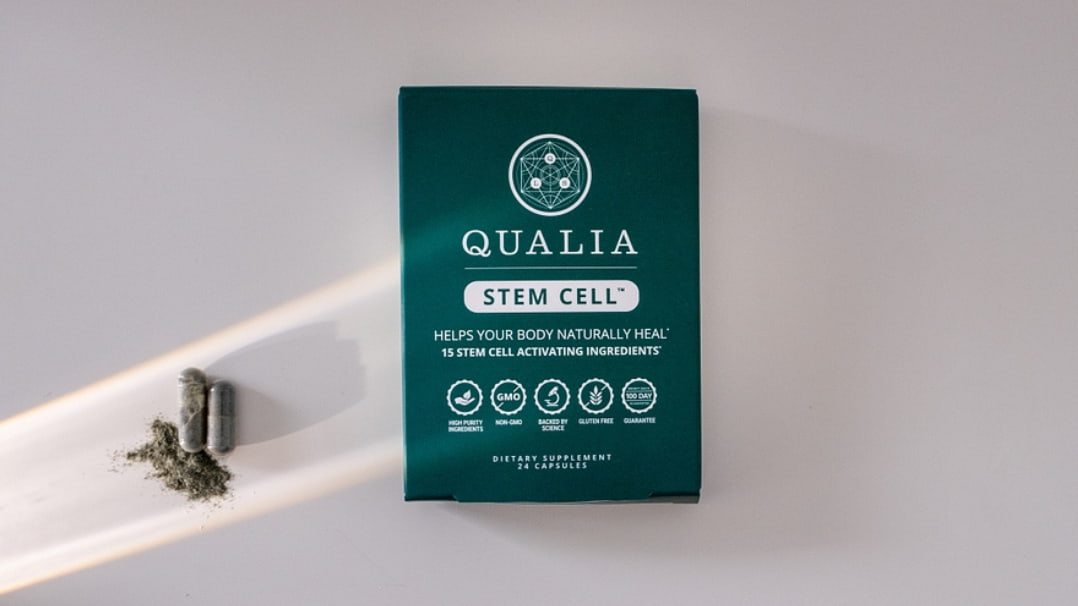Vitamin B12 (as Cyanocobalamin)

Vitamin B12, also known as cobalamin, is a unique vitamin because it contains a metal ion, cobalt, from which the term cobalamin derived. Vitamin B12 is the generic name for any vitamer of vitamin B12, which include methylcobalamin, adenosylcobalamin, hydroxycobalamin, and cyanocobalamin. Methylcobalamin and adenosylcobalamin are the biologically active forms in the human body—they are used as coenzymes that support the activity of enzymes. Cyanocobalamin is a synthetic form of Vitamin B12 and the most common form of vitamin B12 used in dietary supplements (Vitamin B12). Cyanocobalamin is converted in the body to the biologically active forms. Vitamin B12 is involved in key cellular metabolic processes, such as one-carbon metabolism, which refers to linked metabolic pathways, including the methionine and folate cycles, that are central to cellular function. Vitamin B12 is essential for the normal functioning of the nervous system.
TOP BENEFITS OF CYANOCOBALAMIN
Supports cellular metabolism*
QUALIA’S CYANOCOBALAMIN SOURCING
Cyanocobalamin is a non-GMO, gluten-free, and vegan ingredient.
CYANOCOBALAMIN FORMULATING PRINCIPLES AND RATIONALE
While our preference is to use the coenzyme forms of B12—methylcobalamin and/or adenosylcobalamin—whenever possible, the coenzyme forms of vitamin B12 are not stable when exposed to light, especially when in a liquid. This makes them poor choices to use in a product like Qualia Energy Shot. Periodically, cyanocobalamin gets vilified as being unhealthy, because it contains cyanide. While it’s true that cyanocobalamin contains trace amounts of cyanide, the amount is far less than what’s in a single almond. This is important because a basic principle of toxicology is the adage “the dose makes the poison”—the amount of something matters. Cyanocobalamin is a safe and proven form of vitamin B12; it’s the most common type of vitamin B12 that’s been used in scientific studies. We use the cyanocobalamin as the form of vitamin B12 in a product when the stability of the other forms would be an issue and we use a low amount to ensure safety.*
CYANOCOBALAMIN KEY MECHANISMS
Supports L-methyl-malonyl-CoA Mutase activity*
Vitamin B12 (as the coenzyme form adenosylcobalamin) is required as a cofactor for the activity of the mitochondrial enzyme L-methyl-malonyl-CoA mutase* [1,2]
Methylmalonyl-CoA mutase converts methylmalonyl-CoA to succinyl-CoA* [1,2]
Succinyl-CoA is an intermediate of the citric acid cycle (i.e., Krebs cycle) – supports cell energy metabolism* [1,2]
Supports methionine synthase activity*
Vitamin B12 (as the coenzyme form methylcobalamin) is required as a cofactor for the activity of the cytosolic enzyme methionine synthase* [1,2]
Methionine synthase transfers the methyl group from methyltetrahydrofolate to homocysteine to form methionine and tetrahydrofolate* [1,2]
Methionine is required for the synthesis of S-adenosylmethionine (SAMe), a methyl group donor used in many biological methylation reactions* [1,2]
Methionine synthase is essential for the methylation of nucleic acids (DNA and RNA) for DNA synthesis and protein synthesis* [1,2]
Complementary ingredients*
Vitamin B6 and folic acid in supporting healthy homocysteine levels* [3–5]
Folate - Insufficient cobalamin slows the regeneration of tetrahydrofolate and traps folate in a form that is not usable by the body. This can often be corrected with higher doses of folate but can mask a vitamin B12 deficiency, so vitamin B12 is almost always given when folates are supplemented.*
*These statements have not been evaluated by the Food and Drug Administration. This product is not intended to diagnose, treat, cure, or prevent any disease.
References
[1]F. O’Leary, S. Samman, Nutrients 2 (2010) 299–316.
[2]J.M. Berg, J.L. Tymoczko, G.J. Gatto, L. Stryer, eds., Biochemistry, 8th ed, W.H. Freeman and Company, 2015.
[3]J. Selhub, Annu. Rev. Nutr. 19 (1999) 217–246.
[4]E. Lonn, S. Yusuf, M.J. Arnold, P. Sheridan, J. Pogue, M. Micks, M.J. McQueen, J. Probstfield, G. Fodor, C. Held, J. Genest Jr, Heart Outcomes Prevention Evaluation (HOPE) 2 Investigators, N. Engl. J. Med. 354 (2006) 1567–1577.
[5]D. Serapinas, E. Boreikaite, A. Bartkeviciute, R. Bandzeviciene, M. Silkunas, D. Bartkeviciene, Reprod. Toxicol. 72 (2017) 159–163.
